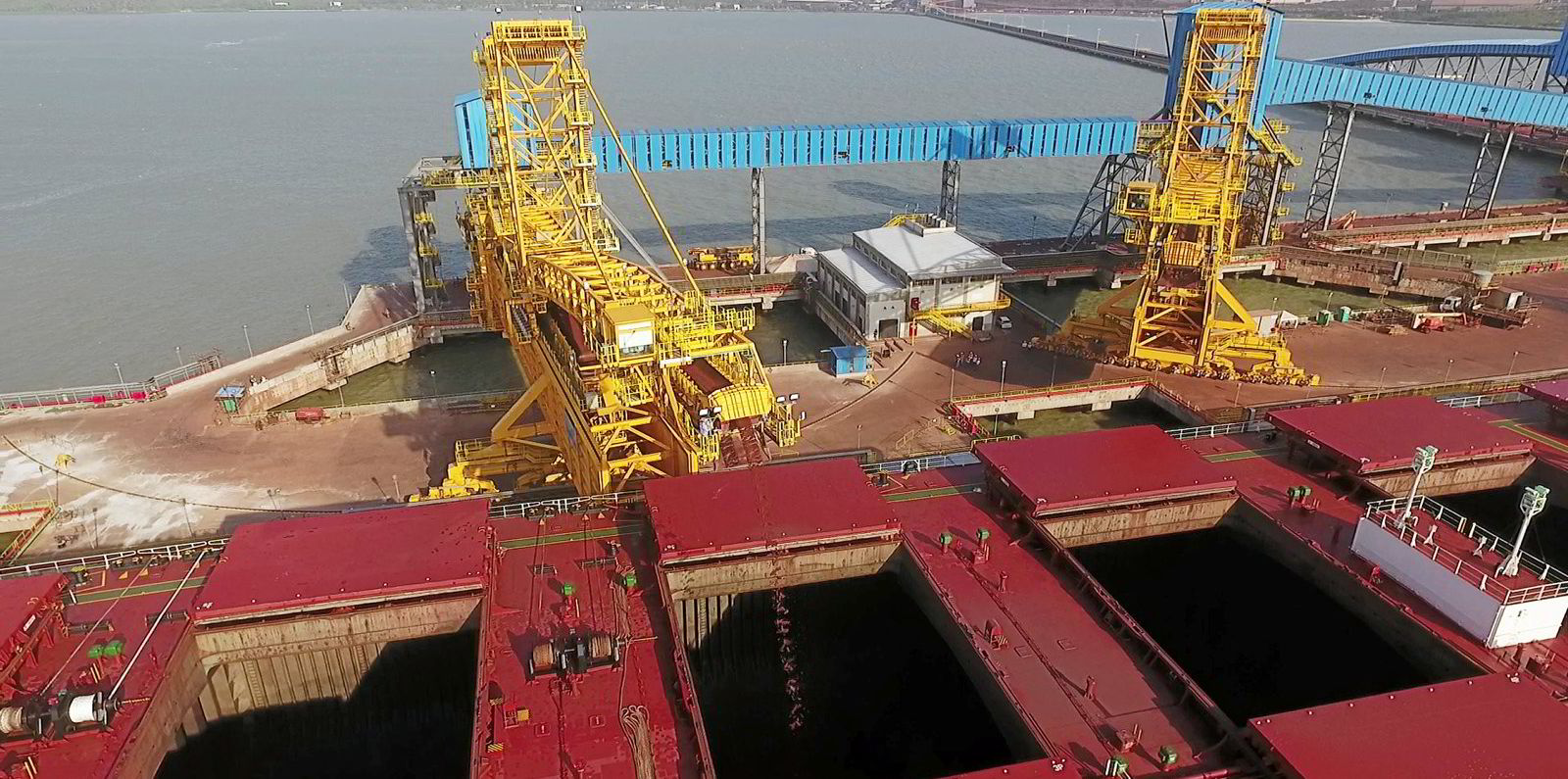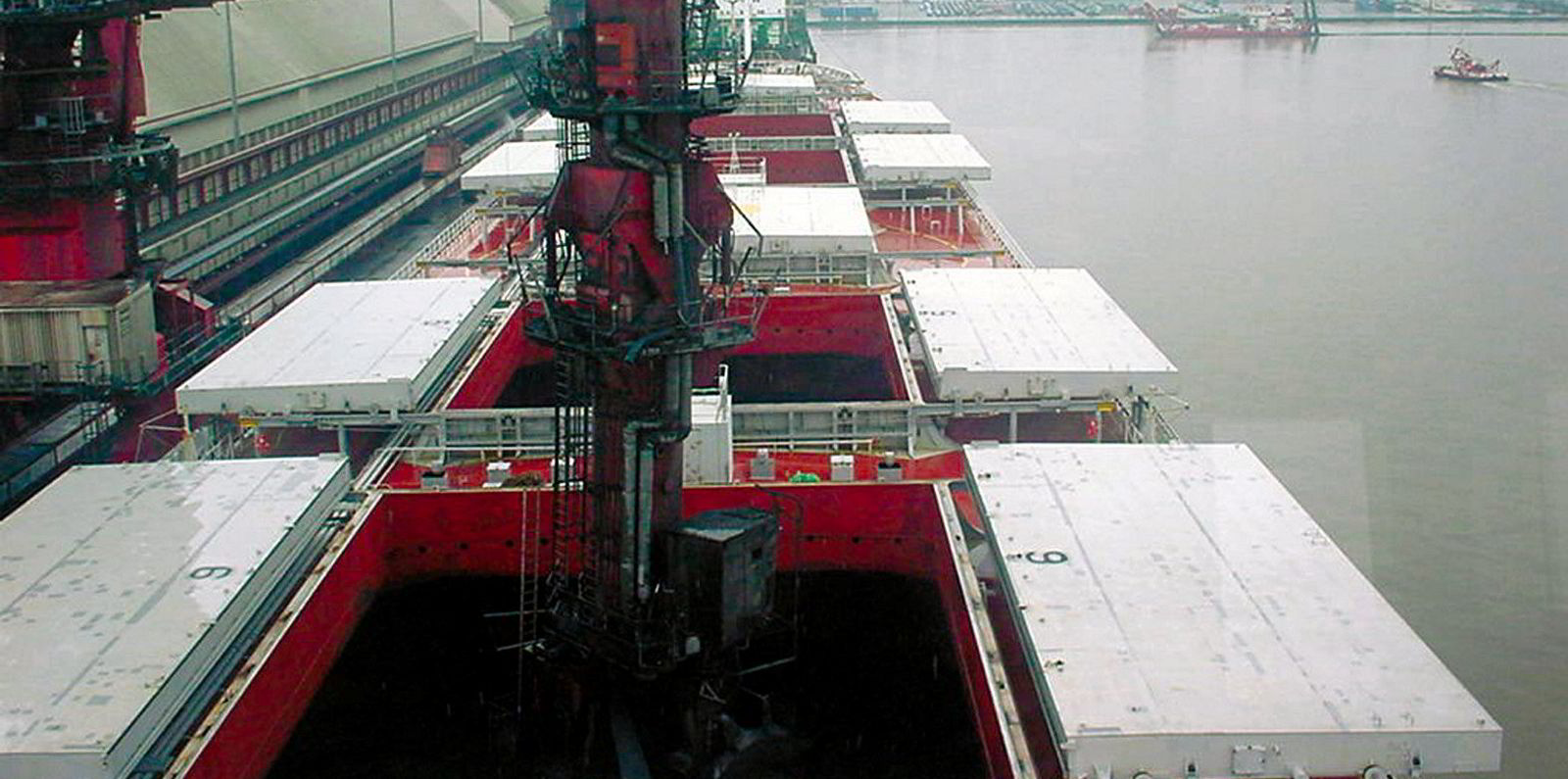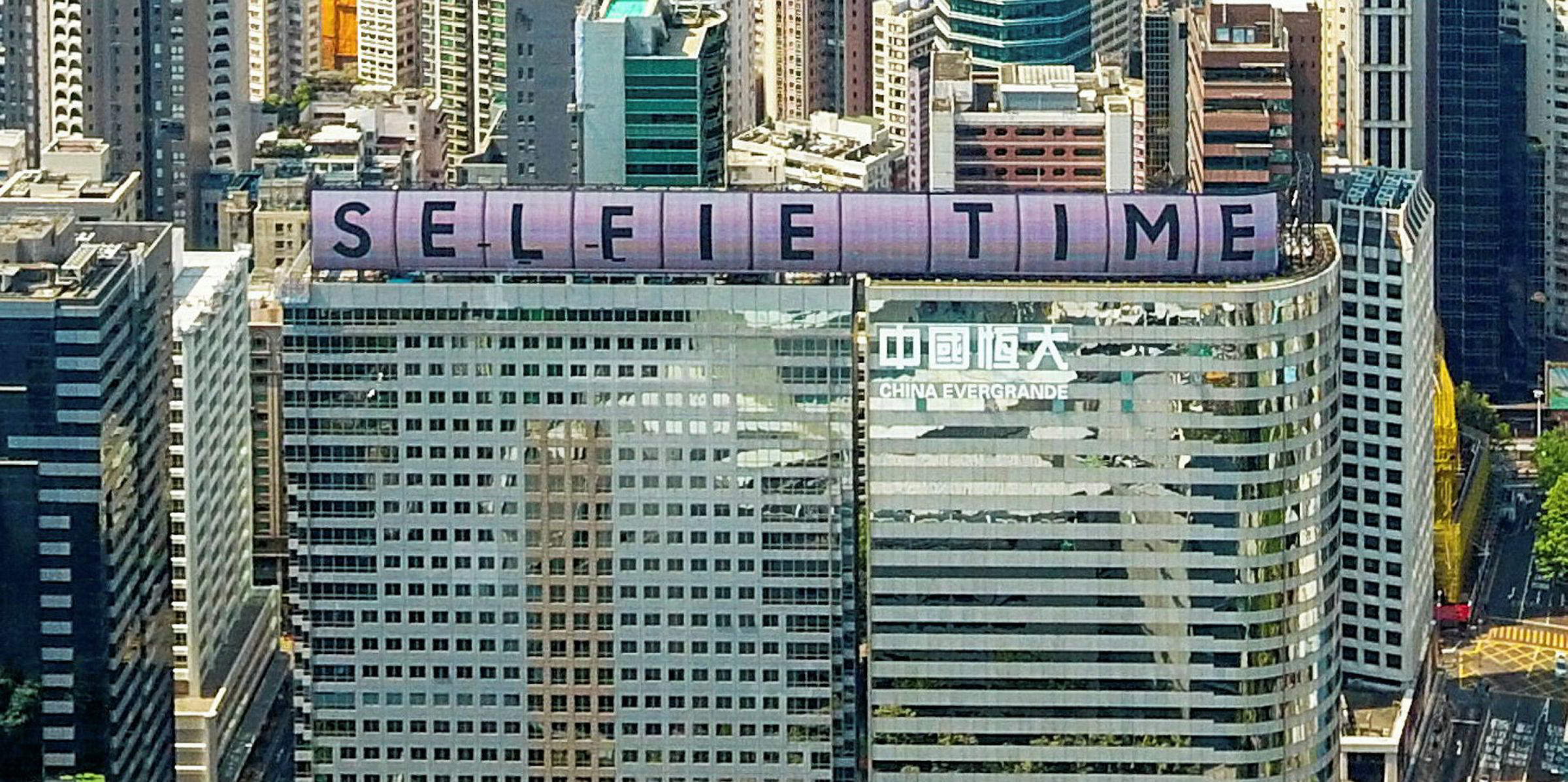The lacklustre capesize bulker market may soon get a boost from higher volumes of iron ore from Brazil to Asia, according to Clarksons Securities.
Average spot rates for capesize bulkers have remained below $20,000 per day since mid-May and have fallen significantly since mid-August, but they may get a $10,000-per-day shot in the arm from higher Brazilian ore exports.
The Baltic Exchange’s Capesize 5TC basket of spot-rate averages across five key routes has fallen 31% since 16 August to $9,375 per day on Friday, marking its first dip below $10,000 per day since early June.
The exchange did not report average spot raters on Monday due to a bank holiday in the UK.
Clarksons Securities has attributed this drop in the market to port congestion that has risen and fallen since the arrival of Covid-19 in early 2020.
About 35% of the global capesize fleet was in port during the pandemic, but that percentage fell to 29% in the first half of 2023 and then 23% in July and August as Covid-19 faded into the background, according to statistics from the firm, which is the investment banking arm of shipbroker Clarksons.
“This means that the active capesize fleet capacity has increased by more than 5% in recent months,” analyst Frode Morkedal wrote in a note on Monday.
In the spring, capesize spot rates averaged about $20,000 per day and fleet utilisation hovered around 87%. Now, spot rates are averaging about $9,000 per day, while utilisation is at 82%, Clarksons Securities noted.
“In other words, the increased tonnage has been the primary factor lowering freight rates,” Morkedal said.
“The market may experience a reversal as we enter the seasonally strong period for dry bulk shipping, driven by increased iron ore shipments from Brazil.”
More Brazilian iron ore may go to China in the second half of this year because miner Vale increased output by 6% while sales fell by 3% the first half of 2023, causing inventory buildup in Brazil, Clarksons Securities said.
“The company intends to sell this inventory in the second half of the year,” Morkedal wrote in the note.
“With iron ore prices at a three-month high and China’s iron ore inventories nearing a five-year seasonal low, the stage is set for increased shipments to Asia.”
An additional 15m tonnes of ore from Vale could boost fleet utilisation by 2% and thus further tighten the market while port congestion is at an all-time low, according to Clarksons Securities.
“Returning to pre-pandemic port congestion levels could absorb an additional 2% to 3% of the fleet,” Morkedal said.
“In this context, a $5,000-$10,000/day rate increase could be on the horizon.”






